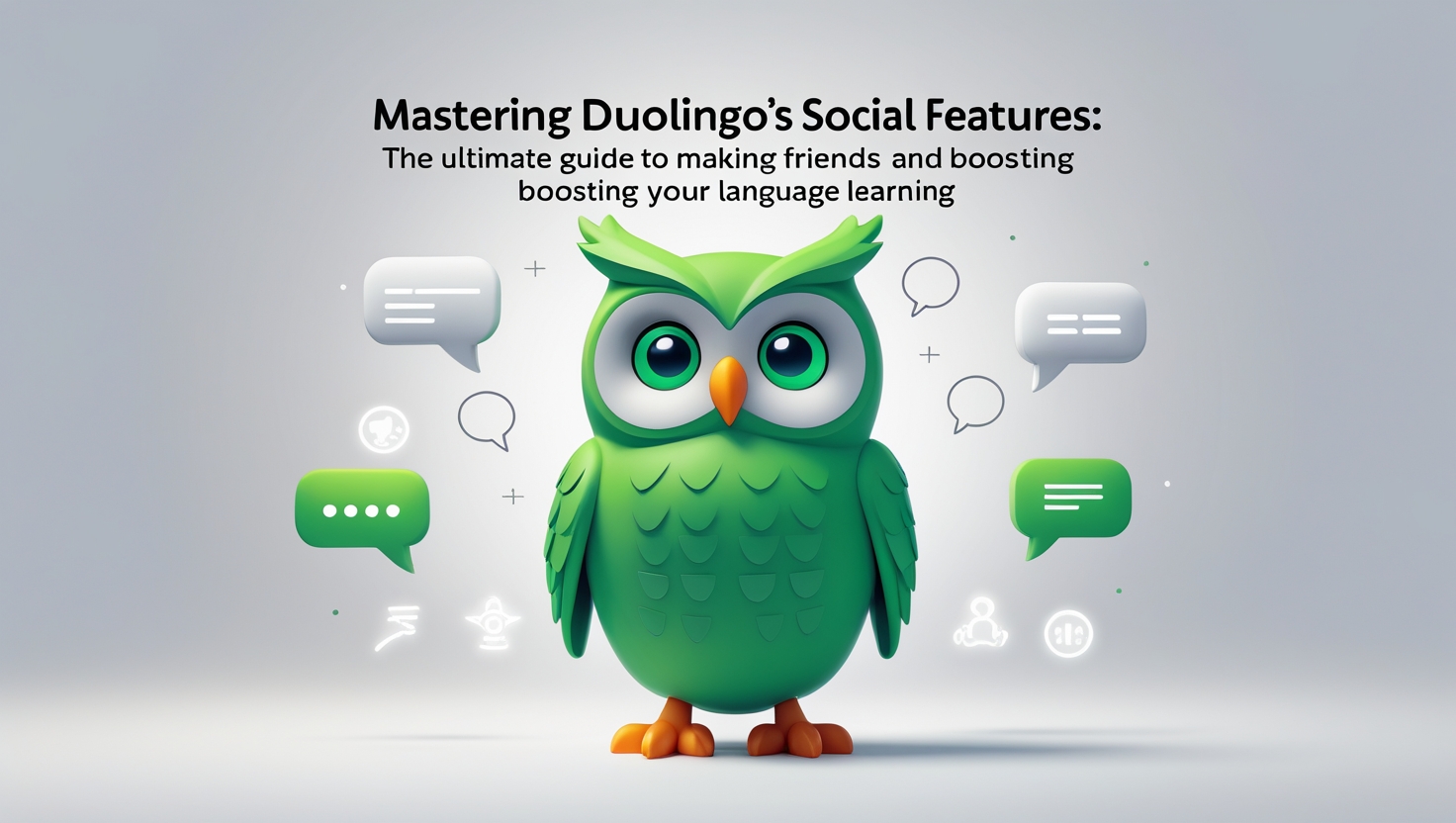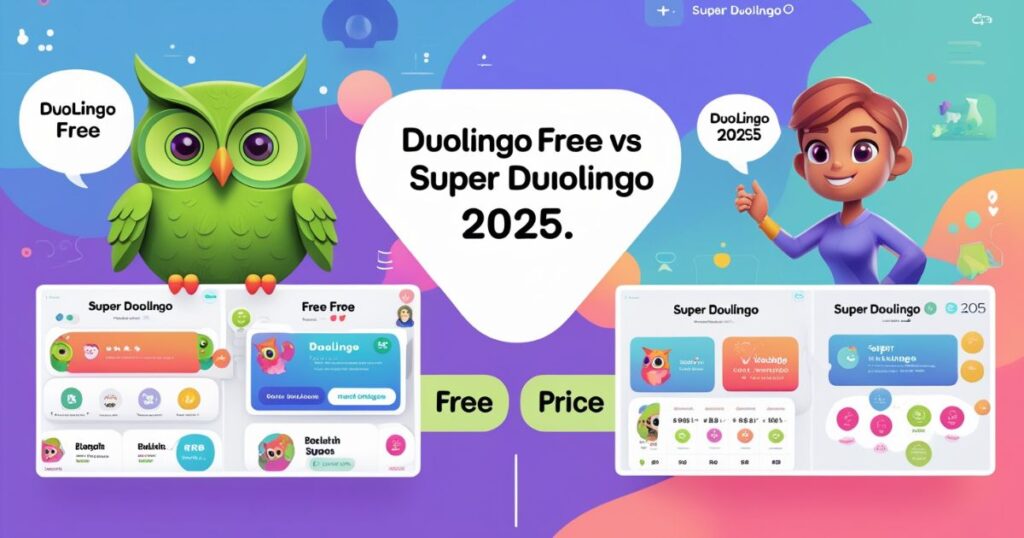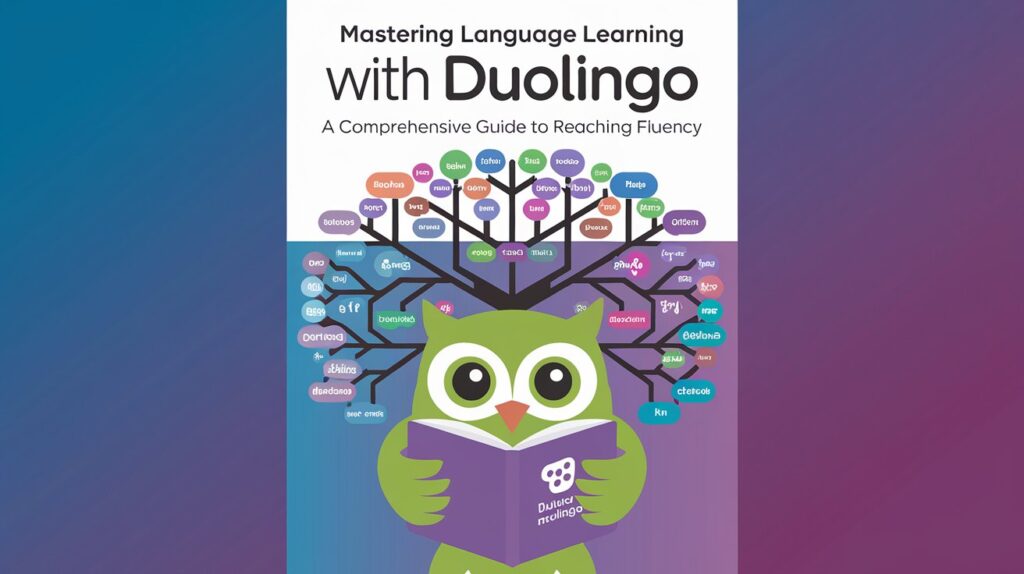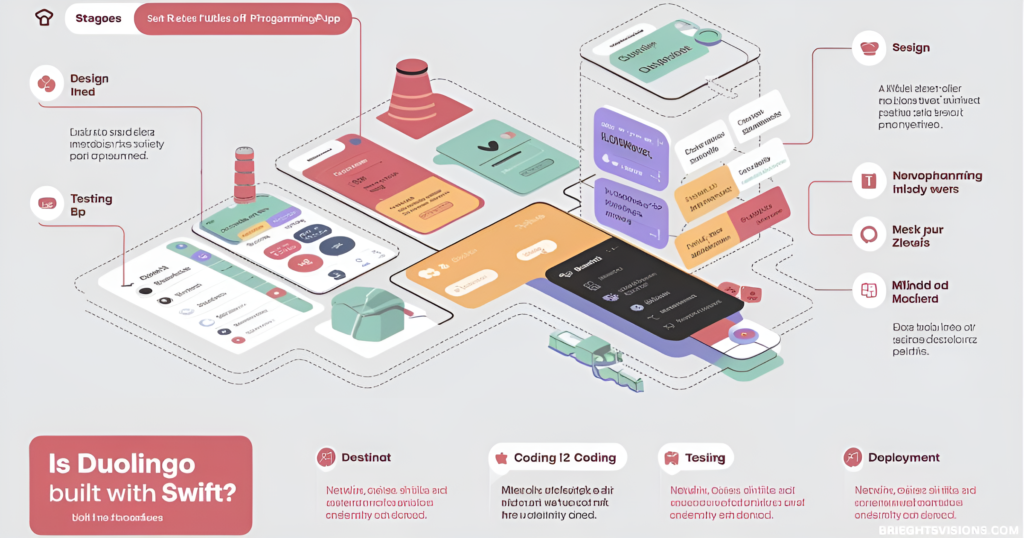Learning a new language can feel like a solitary journey, but it doesn’t have to be. The Duolingo App has revolutionized how we approach language learning by turning it into an engaging social experience. With over 500 million users worldwide, this platform has mastered the art of collaborative language learning through its innovative social features.
When you’re tackling a new language, having friends alongside you can make all the difference. Think of it like having workout buddies at the gym – you’re more likely to show up and push yourself when others are counting on you. The same principle applies to your language learning journey on Duolingo.
Why Connect with Friends on Duolingo
The power of social connection in language learning transforms your entire experience. Research shows that learners who engage with others are 78% more likely to maintain long-term commitment to their studies. The Duolingo social features blend competition with support, creating an environment where learning thrives.
When you build your Duolingo friend network, you’re joining a community that celebrates wins and helps during challenges. Users with active friends spend 25% more time studying and complete 40% more lessons. This motivation boost from watching friends conquer new levels naturally pushes you to excel, turning daily practice into an engaging social experience that keeps you coming back for more.
Building Your Duolingo Social Circle

Starting your social journey on Duolingo is straightforward, but there are some smart strategies to follow. The first step is understanding how to send a friend request effectively. The platform offers multiple ways to connect, whether you’re using the mobile app or desktop version.
To begin expanding your circle, tap the profile icon and look for the “Add Friends” option. You can search for specific users through username search or connect with friends from your social media accounts. The platform’s algorithm also suggests potential connections based on your language goals and activity patterns.
- More Post: The Complete Guide to Duolingo Language Levels and CEFR Framework
- More Post: Pimsleur vs Duolingo: The Ultimate Language Learning Battle
Maximizing Social Features
The heart of Duolingo’s social experience lies in its shared streaks system. When you maintain a streak with friends, you’re not just learning – you’re building a habit together. The streak flame becomes a symbol of your shared commitment, and the daily notifications serve as gentle reminders to stay on track.
Friend challenges add an extra layer of excitement to your learning routine. These time-bound competitions push you to excel while keeping the atmosphere light and enjoyable. The platform’s gamification elements, like XP points and weekly leagues, turn what could be mundane practice sessions into engaging social activities.
Leaderboard Dynamics and Competition
The leaderboard system in Duolingo isn’t just about seeing who’s on top. It creates a dynamic space where friendly rivalry fuels consistent learning. When you check your standing against friends, you’ll find yourself naturally motivated to complete just one more lesson or practice session to climb higher in the rankings.
Every week brings fresh opportunities in the league system, where you can compete with friends and other learners at your level. The weekly reset keeps things exciting and prevents discouragement, as everyone starts each week with a clean slate. This balanced approach to competition helps maintain long-term engagement without creating undue pressure.
Making the Most of Friend Challenges

Friend challenges represent one of Duolingo’s most engaging social innovations. These short, focused competitions let you go head-to-head with friends in specific skills or lessons. Think of them as friendly duels that test your knowledge while adding an element of fun to your daily practice.
Setting up challenges is simple and adds variety to your routine. You can challenge friends to master specific skills or race through quick lessons. These brief competitions often lead to improved retention and faster progress, as the excitement of competition helps cement new vocabulary and grammar concepts in your memory.
Understanding Streak Features
The shared streaks system forms the backbone of Duolingo’s social accountability features. When you maintain a streak with friends, you’re building a chain of successful learning days together. This shared commitment often proves more powerful than individual motivation alone.
The platform sends helpful reminders when your streak partners haven’t completed their daily lessons. These gentle nudges help everyone stay on track without feeling pressured. It’s like having a study buddy who checks in on you, making sure you don’t miss out on your daily language practice.
Progress Tracking and Celebrations
Tracking your progress and celebrating achievements are vital components of the Duolingo learning experience. Let’s explore how the platform’s celebration system works and the various milestones you can achieve. Understanding these features can help you stay motivated and make the most of your language learning journey.
| Milestone Type | Description | Celebration Feature |
| Daily Streaks | Consecutive days of learning | Streak flame animation, friend notifications |
| Level Completion | Mastering a skill set | Achievement badges, XP bonus |
| Crown Achievement | Earning crowns in lessons | Visual crown display, friend feed updates |
| Weekly League Goals | Meeting league requirements | League promotion animations, leaderboard recognition |
| Monthly Challenges | Completing special tasks | Challenge badges, limited-time rewards |
| Friend Goals | Shared achievements with friends | Joint celebration notifications, streak bonuses |
| Practice Milestones | Hours spent learning | Time-based achievements, progress stats |
| Vocabulary Goals | Words learned | Word count celebrations, mastery badges |
| Perfect Lessons | No mistakes in lessons | Perfect score animations, bonus XP |
| Special Events | Holiday or seasonal achievements | Themed celebrations, exclusive rewards |
Handling Technical Aspects

Sometimes users encounter technical difficulties while trying to connect with friends. Common issues might include friend requests not sending or notifications not appearing properly. Most of these problems have simple solutions, like updating your app or checking your device’s settings.
If you’re having trouble finding friends through username search, double-check the spelling and try searching by email instead. Remember that some accounts, especially those linked to Duolingo for Schools, might have restricted social features for privacy and safety reasons.
Managing Account Settings
Your account settings play a vital role in controlling your social experience on Duolingo. Taking a few minutes to customize these settings can enhance your learning journey and protect your privacy. The platform offers flexible options to control who can see your progress and send you friend requests.
For younger learners using Duolingo for Schools, additional safety features automatically activate. Parents and teachers can rest assured knowing these accounts have appropriate restrictions while still maintaining the benefits of social interaction within a controlled environment.
Building Effective Study Groups
Creating a core group of dedicated language learners can transform your Duolingo experience. Look for friends who share similar goals and learning schedules. This compatibility leads to more consistent engagement and better overall progress for everyone involved.
The magic of collaborative learning truly shines when you have a reliable study group. Share tips, discuss challenging lessons, and celebrate victories together. This shared experience makes the learning process more enjoyable and helps everyone stay committed to their goals.
Advanced Social Learning Strategies

Experienced Duolingo users often develop sophisticated approaches to language learning motivation. They might coordinate study times with friends in different time zones or create themed challenge weeks to keep things interesting. These creative strategies help maintain long-term engagement while making the learning process more enjoyable.
The key to sustained progress lies in balancing competitive and collaborative elements. While friendly competition can spark motivation, supporting others through difficult lessons builds a stronger learning community. This dual approach leads to better retention and more consistent practice habits.
Making Progress Together
Progress sharing serves as a powerful motivational tool on Duolingo. When friends see each other advancing through lessons and reaching new levels, it creates a positive feedback loop of encouragement and friendly competition. This transparent progress system helps everyone stay focused on their language goals.
The platform’s design encourages mutual accountability without creating stress. Users can check their friends’ progress and send encouraging messages, but the focus remains on personal growth and improvement rather than strict competition.
Troubleshooting Common Issues
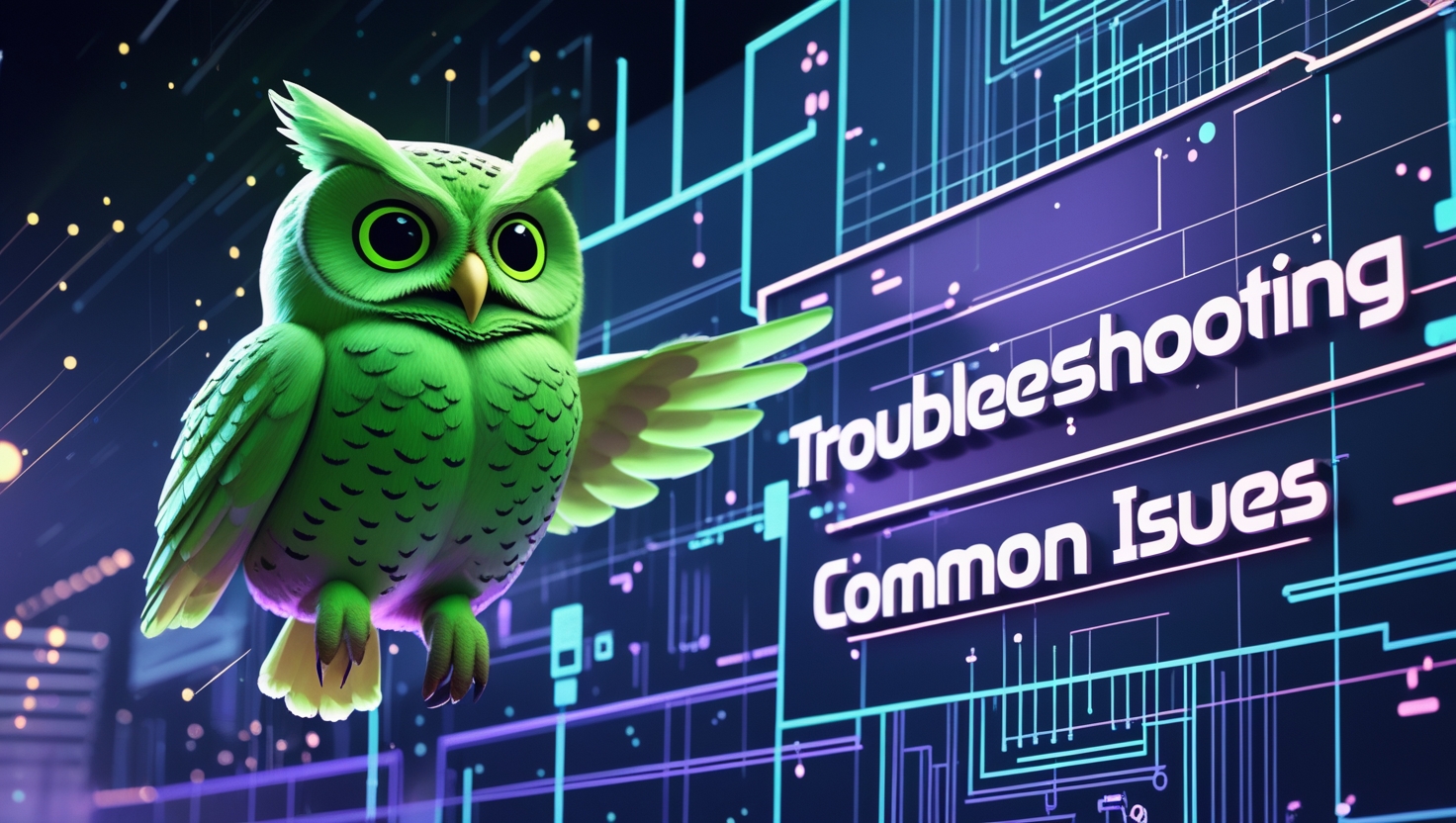
While Duolingo’s social features enhance language learning, users sometimes face technical hurdles that can interrupt their learning flow. Don’t worry though – most common issues have quick fixes that’ll get you back to learning in no time. Here’s your troubleshooting guide for smooth sailing on Duolingo:
Connection Problems
- Check your internet connection stability
- Try switching between WiFi and mobile data
- Ensure you have the latest app version installed
Notification Issues
- Verify notification permissions in your device settings
- Check if Do Not Disturb mode is activated
- Ensure Duolingo has background app permissions
Streak and Challenge Glitches
- Log out and log back into your account
- Clear your app cache and data
- Double-check your time zone settings
Friend Request Problems
- Confirm the exact username spelling
- Try searching by email instead
- Check if your account has any social restrictions
App Performance Issues
- Restart the Duolingo app
- Update to the latest version
- Free up device storage space
- Consider reinstalling the app if problems persist
Remember: For complex issues that these solutions don’t fix, Duolingo’s support team is always ready to help through their support portal.
The Future of Social Language Learning

As language learning platforms evolve, Duolingo continues to innovate in the social learning space. New features regularly roll out, enhancing the collaborative aspects of language acquisition. These updates keep the learning experience fresh and engaging for both new and longtime users.
The success of Duolingo’s social features demonstrates the power of community in language learning. Whether you’re just starting your language journey or working toward fluency, connecting with others can significantly impact your progress and enjoyment of the learning process.
Frequently Asked Question
Is Duolingo a waste of time?
Studies show Duolingo effectively builds basic language skills when used consistently for 15-20 minutes daily.
What are the new features of Duolingo 2024?
Duolingo introduced AI-powered conversation practice, role-playing scenarios, and enhanced grammar explanations with Path 2.0.
Can you realistically learn a language on Duolingo?
Yes, users can achieve A2-B1 proficiency level through consistent practice, especially when combined with conversation practice.
What is the disadvantage of Duolingo?
Limited advanced conversation practice and cultural context; some users find the repetitive exercises can become monotonous.
How long should I practice Duolingo daily?
| Practice Duration | Benefits |
| Beginner: 15 mins | Basic vocabulary and simple phrases |
| Intermediate: 20 mins | Grammar patterns and sentence building |
| Advanced: 30 mins | Complex lessons and story comprehension |
Is Duolingo Plus worth the money?
Super Duolingo offers ad-free learning, offline lessons, and mistake practice – valuable for serious language learners.
Which language is easiest to learn on Duolingo?
Spanish and French courses are most developed, with clear progression and extensive practice materials.
How do I maintain motivation on Duolingo?
Join leagues, connect with friends, and set realistic daily goals to stay motivated in your learning journey.
Does Duolingo teach bad grammar?
Duolingo teaches correct grammar but simplifies concepts initially to build confidence before advancing to complex structures.
Which is better, Duolingo or Babbel?
Duolingo excels in gamification and free content, while Babbel offers more structured, traditional language instruction.
Conclusion
Building a strong Duolingo friend network takes time and effort, but the benefits make it worthwhile. From improved retention to increased motivation, the social aspects of the platform can transform your language learning experience. Remember that everyone learns differently, so don’t hesitate to adjust your social engagement to match your personal learning style.
Stay active, support your fellow learners, and embrace the community aspects of Duolingo. With consistent effort and positive social interactions, you’ll find yourself making steady progress toward your language goals while enjoying the journey alongside friends from around the world.
Remember, language learning is a marathon, not a sprint. By leveraging Duolingo’s social features effectively, you’ll create a sustainable and enjoyable learning routine that can last for years to come. Keep practicing, stay connected, and watch your language skills grow alongside your global network of friends.
Visit For More Blog’s: brieghtsvision.com

Welcome to Brieghtsvision.Com!
Your one-stop place for tips and guides to get the most out of Duolingo. Make learning a new language easier with helpful content for learners of all levels.
